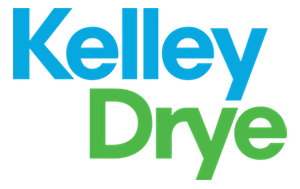Author: Gonzalo E. Mon
In its Disclosures 101 for Social Media Influencers guide, the FTC recommended that when an influencer promotes a brand in a video, the influencer should disclose any connection it has to the brand in the video itself. In other words, the disclosure shouldn’t just appear in the description that accompanies the video. Although we haven’t seen this come up in FTC cases, a new NAD decision examines why this could be important.
Procter & Gamble promoted Bounty paper towels in a series of TikTok videos featuring a “dance challenge” in which influencers would dance to a song about how it’s time to “clean up my life.” Bounty paper towels appeared in the background of the videos, and the descriptions all included the #BountyPartner hashtag. So far, so good, and NAD found that those disclosures complied with the FTC Endorsement Guides.
When the videos were shared to Instagram, however, they no longer included the #BountyPartner hashtag. (It did, however, appear when the videos were shared to other platforms.) NAD was concerned that consumers who saw the videos on Instagram wouldn’t realize that they were paid ads. P&G explained that unlike other major social media platforms, TikTok allows users to share content across platforms without any contextualizing text or disclosures, and quickly took steps to address the issue.
There are a lot of details to think about when it comes to ensuring that influencer campaigns comply with the law. We’ve posted various times about how important it is to provide influencers with clear instructions about their disclosure obligations and to monitor posts to ensure compliance. This case adds another detail to the list. If influencer content may move from one platform to another, you need to make sure the disclosure travels with the content.









